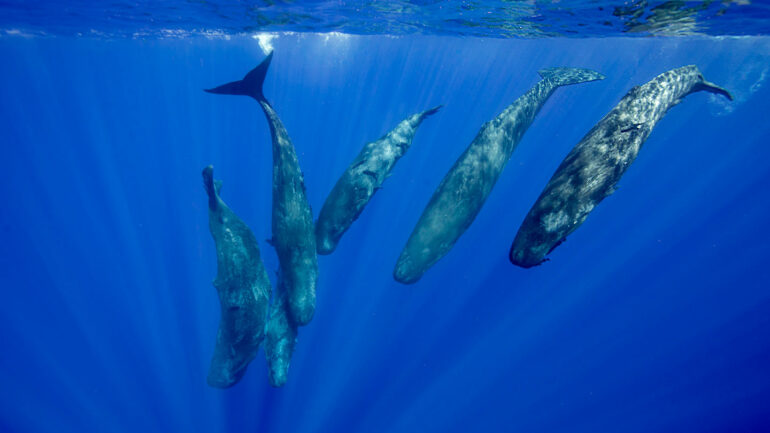UNSW researchers have solved the mystery of why and how ocean “hotspots” are forming so fast, by examining the winds that influence the ocean currents heating these areas.
Researchers from UNSW Sydney say changes to strong, large-scale wind patterns are causing western boundary currents in the Southern Hemisphere to rapidly warm—transforming weather and habitats across the world.
The western boundary currents of the ocean—which includes the East Australian Current—transport large amounts of heat towards Earth’s poles. These currents are crucial in moderating global coastal climates. In the past few decades, their poleward extension regions have warmed two to three times hotter than the global average, creating ocean “hotspots”—but no one knew why these regions were warming so fast.
In a study published in Nature Climate Change on Sept. 29, UNSW Sydney researchers from the School of Biological, Earth and Environmental Sciences uncover the mystery behind the warming.
“We discovered the rapid warming is driven by climate change causing the easterly winds at mid-latitudes to shift south,” said lead author Dr. Junde Li.
Dr. Li said this was causing an increase in the number of eddies in the western boundary current poleward extensions—large whirlpools in the ocean that retain and transport warm ocean waters.
“These changes are leading to a redistribution of heat, dissolved gases and nutrients across the world,” Dr. Li said. “Which is changing local weather patterns and marine ecosystems.”
The western boundary currents in the Southern Hemisphere affect the lives and livelihoods of hundreds of millions of people living on the coasts of South Africa, Australia and Brazil.
“The ocean off southeastern Australia is warming at an alarming rate,” said coauthor Professor Moninya Roughan.
“We’ve also seen periods of extremely warm temperatures smash this warming trend—all heat records in the coastal waters off Sydney were broken in February 2022.”
Prof Roughan said ocean “hotspots” cause stress to coastal species, which can result in an irreversible loss of habitat and more.
“The warming has penetrated further south along the east coast, carrying many species with it,” Prof Roughan said.
This includes sea urchins moving into waters off the coast of Tasmania. Here, kelp forests were destroyed by the double whammy of invading warmer water and the kelp-eating urchins. This shattered both the local tourism and crayfish industries.
Dr. Li said while the study focuses on the Southern Hemisphere, it is possible the results can also provide further insights into the drivers of ocean warming and marine heat waves in the Northern Hemisphere western boundary currents—such as the Gulf Stream.
“Our oceans will continue to warm as our atmosphere warms,” Dr. Li said. “As this happens, we need to build high resolution datasets that can help us better understand the dynamics of global heat transport.
“This can help us predict and prepare for the impact of warming on marine ecosystems, local communities, industries and much more under climate change.”
More information:
Junde Li et al, Drivers of ocean warming in the western boundary currents of the Southern Hemisphere, Nature Climate Change (2022). DOI: 10.1038/s41558-022-01473-8
Provided by
University of New South Wales
Citation:
Winds of change drive ‘alarming’ rate of ocean warming (2022, September 30)



